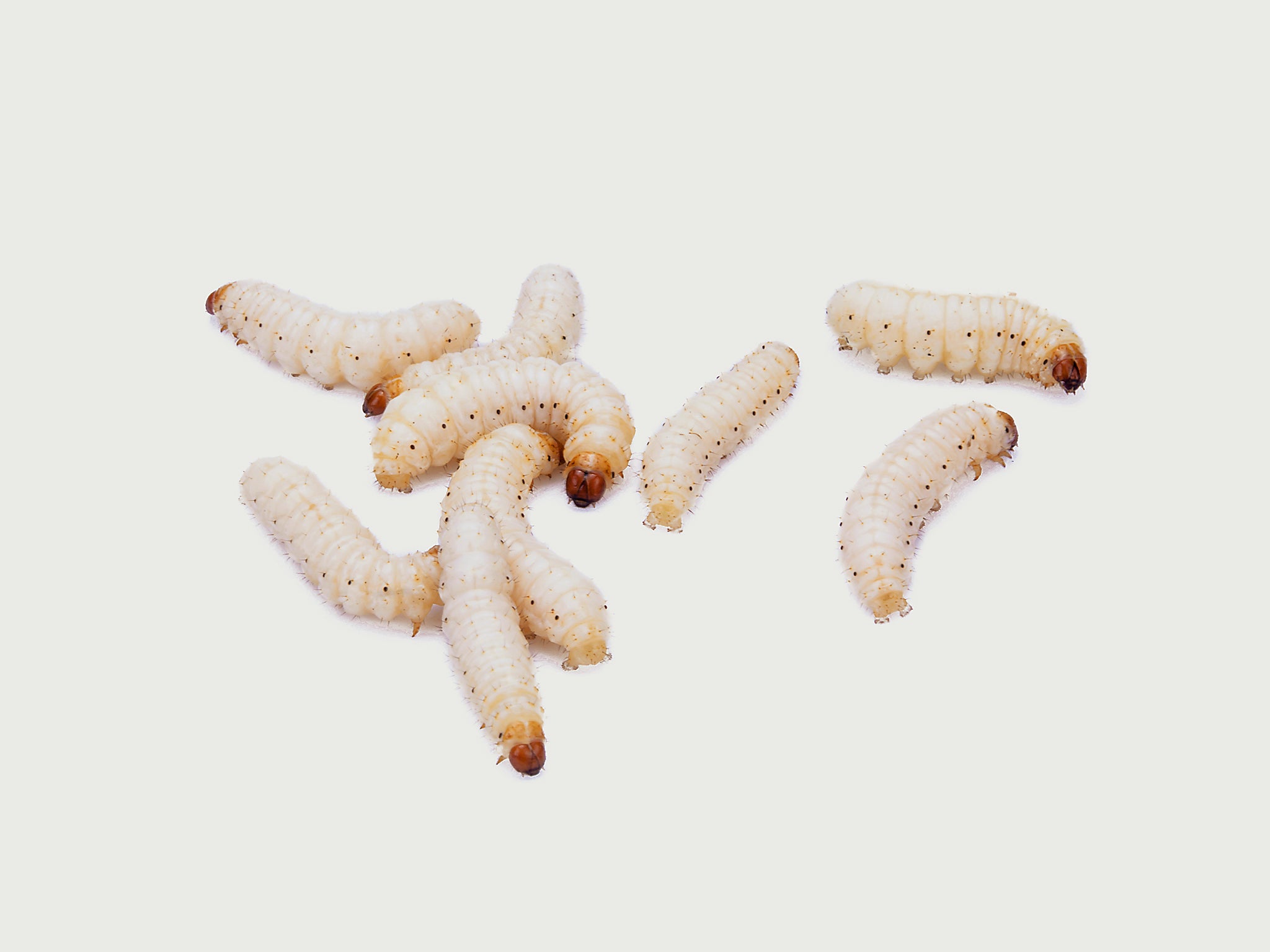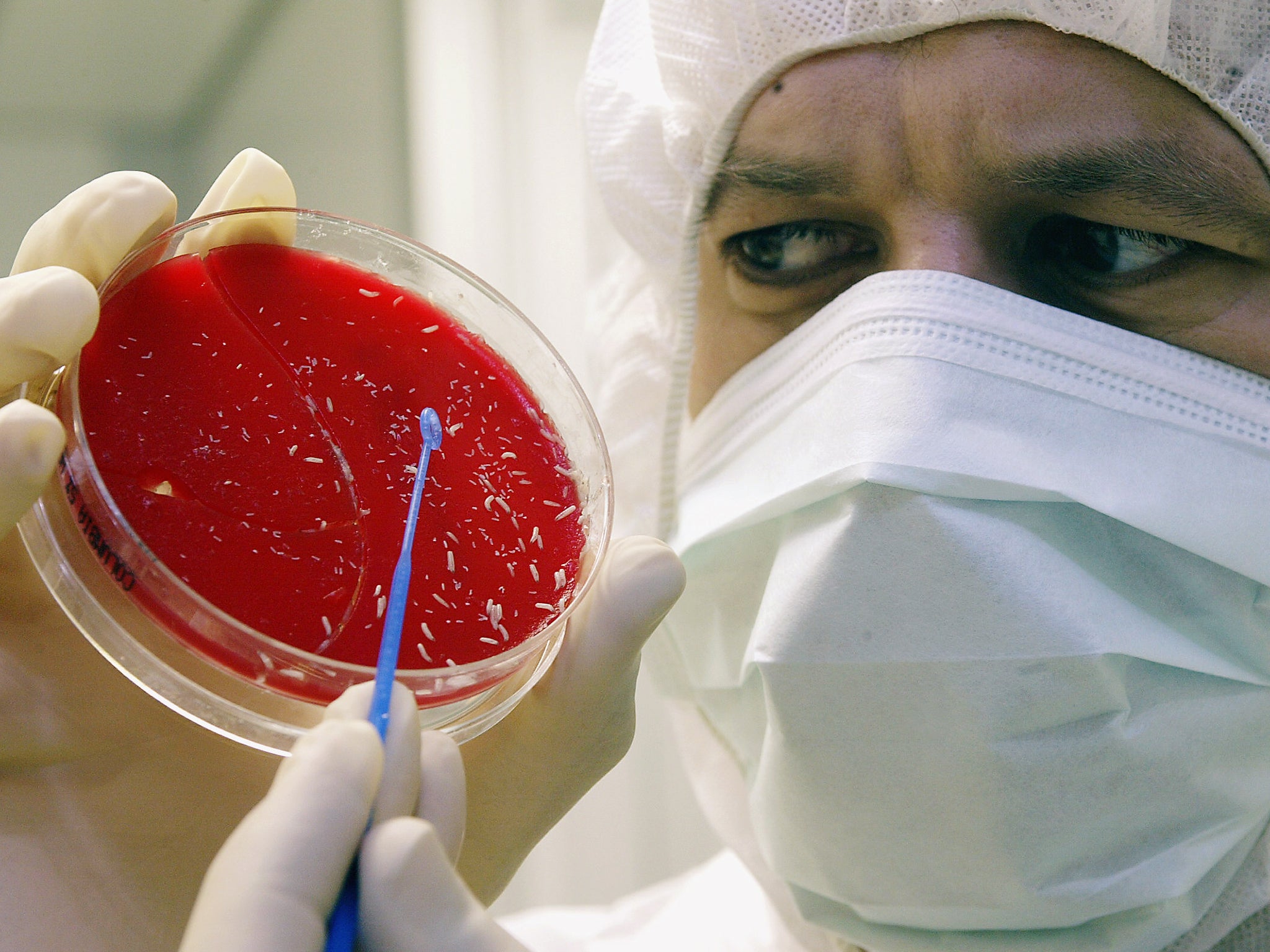Creepy, crawly maggots are actually a medical powerhouse
With the ability to quickly help heal wounds, maggots may become more of a friend than a foe to humans

Your support helps us to tell the story
From reproductive rights to climate change to Big Tech, The Independent is on the ground when the story is developing. Whether it's investigating the financials of Elon Musk's pro-Trump PAC or producing our latest documentary, 'The A Word', which shines a light on the American women fighting for reproductive rights, we know how important it is to parse out the facts from the messaging.
At such a critical moment in US history, we need reporters on the ground. Your donation allows us to keep sending journalists to speak to both sides of the story.
The Independent is trusted by Americans across the entire political spectrum. And unlike many other quality news outlets, we choose not to lock Americans out of our reporting and analysis with paywalls. We believe quality journalism should be available to everyone, paid for by those who can afford it.
Your support makes all the difference.Maggots have one goal in life: to feed. They gorge ravenously in order to grow as quickly as possible. Speed is of the essence as they leave behind their vulnerable bodies, and transform from a fat, juicy maggot into a hairy adult, capable of escaping predators.
And their passion for the consumption of dead flesh makes maggots of certain fly species uniquely beneficial to human health. Humans are subject to countless ailments, among the most disconcerting and painful of which are open sores and wounds.
Chronic wounds often develop in patients with underlying conditions such as diabetes or vascular disease. These wounds tend to be full of dead and infected tissue, and often become long-standing, non-healing ulcers – desperately unpleasant for patients that suffer with them. In many cases, these wounds can worsen, and sadly necessitate amputation of parts of, or even whole, limbs.
However, the application of clinical grade maggots can turn this around. Used often when all other treatments have failed, newly hatched larvae can turn a stagnant ulcer into a clean and healthy healing wound within a matter of days.
Maggot therapy
Nonetheless, our immediate response to a mass of wriggling maggots is most likely disgust. The thought of willingly inviting them to crawl and feed on our wounded bodies is, for many, profoundly disturbing. In the main, maggots are despised creatures, inviting a plethora of negative emotional responses ranging from squeamishness, disgust and disdain to absolute fear.
Many patients are afraid that the maggots themselves are dirty, and may cause further infection. But maggots are reared under special strict and sterile conditions in specialised laboratories, and in the UK, they are available on prescription, either to be applied freely onto a wound or in sealed net bags.
The positive benefits of applying maggots to festering wounds have been known for centuries, dating back to biblical times, and traversing numerous ancient tribes and cultures. Remarkable, you say, but these are modern times and surely we have modern treatments which work just as well? Well, sadly not. There are no wound management treatments which can compete with the multi-actions of living maggots in a wound.

So exactly how marvellous are these tiny wrigglers? Scientists worldwide are still figuring out exactly how maggots do what they do, but what we have found out so far is simply amazing.
Maggots do not have teeth – instead they secrete enzymes which coat and break down dead tissue. Then, by moving their small hooked mouth parts over their meal, they are able to suck up the digested material. So efficient are they at eating, a young maggot can clean up a wound within just two to three days.
Maggots do more than just eat away dead flesh. We have found that collections of maggot secretions (their “spit and sweat”), can kill several species of bacteria. Moreover, we have discovered a very small antibacterial molecule – Seraticin – is released in these secretions.
Seraticin is incredibly effective against numerous pathogens and free-living bacteria, including antibiotic-resistant strains. Indeed, we have found that even small quantities of secretion containing this antibacterial factor can destroy several clinical strains of the highly resistant MRSA bacteria. We are currently trying to purify this maggot antibacterial factor, with the hope that it may one day help in the fight against resistant microbes.
In addition, maggots also secrete effective molecules which can destroy bacterial biofilm – a wall built by bacteria which helps shield them from attack, for example, by our immune systems, or antibiotics. Maggot secretions not only destroy formed biofilm, but can also prevent its formation in the first place.
Such is the ability of the maggot antimicrobial armoury, that several other antibacterial molecules have recently been discovered, further suggesting that maggots mount a powerful disinfecting action to help rid wounds of problem bacterial infections.
It’s not all about bacteria-bashing: maggots also produce a potent and effective antifungal agent. Given that maggots have been sharing their decaying corpse feasts with fungal decomposers for millions of years this is hardly surprising. It stands to reason that the tiny maggot has evolved antifungal molecules for its own defence.
Healing maggots
As well as fighting infection, astonishingly, doctors have also reported that wounds they have treated with maggots appear to heal and close up faster than those treated by other non-maggot means (although this aspect of maggot therapy has yet to be thoroughly assessed and clinically proven in trials).
We have investigated this observation, to see if we could glean any evidence at the cellular level which suggests maggots are able to accelerate wound healing. Sure enough, we (and other researchers) found that maggot secretions contain specific components and molecules which can, among other things, promote good healing cells to multiply and migrate onto the wound bed – including blood vessel cells and other cells which are vital for supporting the growth of new tissue needed as the wound heals.
Maggots work and they work well. As they join the list of wound treatments at the disposal of the wound clinician, maybe it’s finally time for these humble creatures to stop lurking on the periphery of civilisation, dangling somewhere between fear and absolute disgust. Maggots are miniature medical devices, amazing and incredible creatures with the power to help cure and rid many of us from the painful and crippling burden of infected and debilitating wounds.
, associate professor of biomedical science, Swansea University. This article first appeared on The Conversation (theconversation.com)
Join our commenting forum
Join thought-provoking conversations, follow other Independent readers and see their replies
Comments